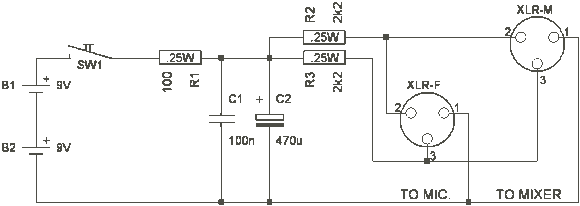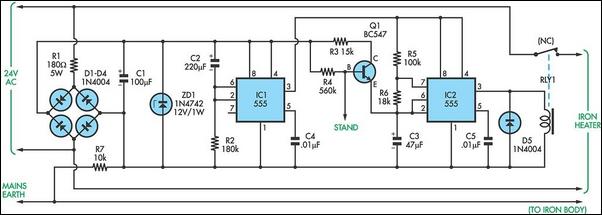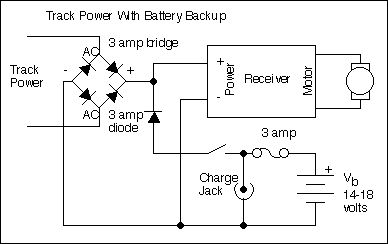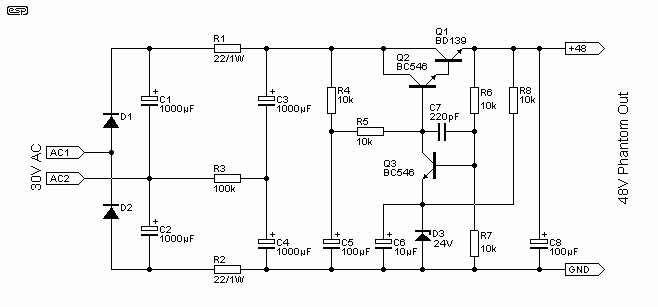
Phantom powered FET preamp cable with output buffer
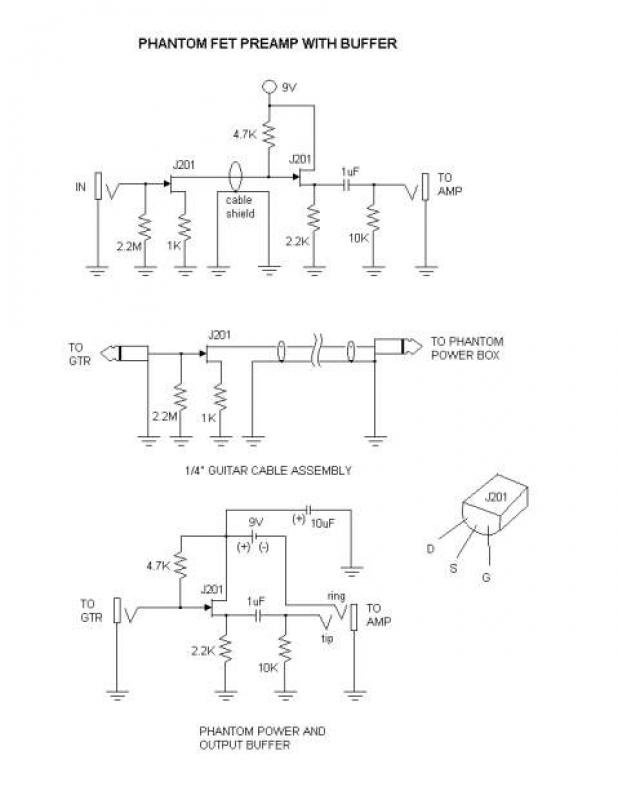
A buffer has been added at the phantom power end to enhance line driver capability for the pedal train or amplifier. This modification improves upon the Tillman circuit by providing better noise immunity with a low drive impedance while buffering the preamp circuit output. The device functions as an unbalanced mini-DI/Line Driver.
Utilizing a FET's high input impedance makes it ideal for placement close to the pickups, thus benefiting the signal-to-noise ratio. This design is particularly appealing for users who prefer a simple guitar and cable setup, as it offers gain without complicating the signal path. The low boost level is also compatible with various effects pedals.
The preamplifier has been tested with multiple guitars, consistently delivering a clean signal without altering the tone. The fixed gain of 6dB was determined to be an optimal balance, preventing overload of effects while providing a noticeable boost to the amplifier input. Although the gain can reach nearly +15dB with adjustments, the amplifier retains the ability to clean up by reducing the guitar volume, similar to operation without the preamp.
Variations: The preamplifier could be designed to allow for stomp-switchable fixed and variable preset boost settings by incorporating a voltage divider (potentiometer) and a switch at the output of the buffer stage, enabling decreased attenuation for a preset boost level. Additionally, the phantom power box could accommodate a balanced output circuit suitable for recording or public address (PA) applications.
This design exemplifies a compact and efficient solution for enhancing guitar signal integrity while maintaining versatility for various audio applications. The integration of a buffer stage and the option for adjustable gain settings provide a robust framework for musicians seeking to optimize their sound.This is a phantom-powered FET preamplifier built into a 1/4" guitar cable, similar to the one on the Tillman site. There are only a couple of parts to the amplifier, so the difficulty was being able to trim and solder component leads to fit within the space of a 1/4" plug.
The phantom-power end of the cable plugs into a small Hammond 1590A box. I went with battery power to keep the leads clutter-free. It draws less than 3mA (I'm not using an LED).
I added a buffer at the phantom-power end for better line driver capability to the pedal train or amplifier. A small improvement to the Tillman circuit, but it throws a shout out to better noise immunity with a low drive impedance while also buffering the preamp circuit output.
It's a nice unbalanced mini-DI/Line Driver.
An FET's high input impedance (read:buffer) makes it the best example of where an FET amplifier should be placed in terms of S/N benefit: close to the pick-ups. The just-a-guitar-and-cable crowd should be completely enchanted by a cable with gain. It's also friendly with effects because the boost level is low.
So far I've tried most of my guitars with it, and it is always very clean with no change in tone.
The reason I settled on 6dB gain was that it seemed to be a happy compromise between not overloading any of my effects while noticably boosting the amp input. I was looking for a fixed gain, and that was the number. (I was able to get almost +15dB gain while adjusting). My amps still clean up by dialing the guitar volume down, just as they would without the preamp.
Variations:
This amp could be stomp-switchable between fixed and variable preset boost settings by adding a voltage divider (pot) and a switch at the output of the buffer stage.
Set it up to decrease attenuation for a preset boost level.
The phantom power box could hold a balanced output circuit for recording or PA use.
